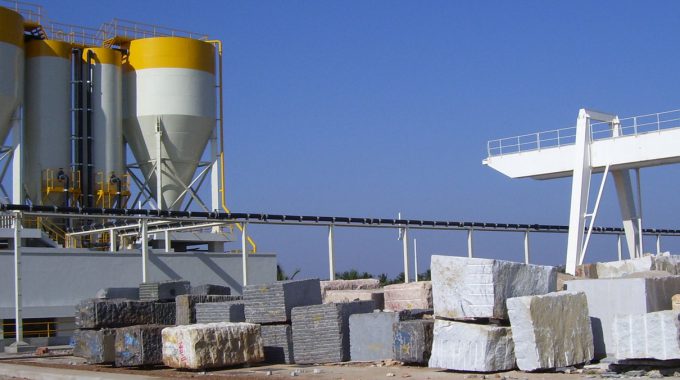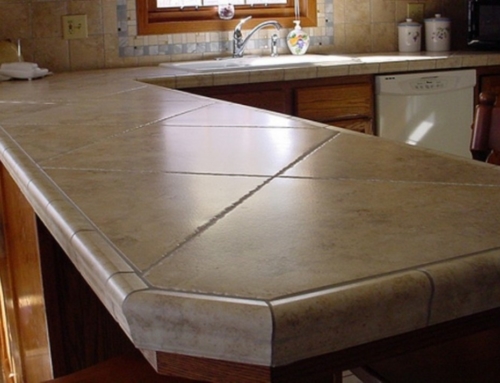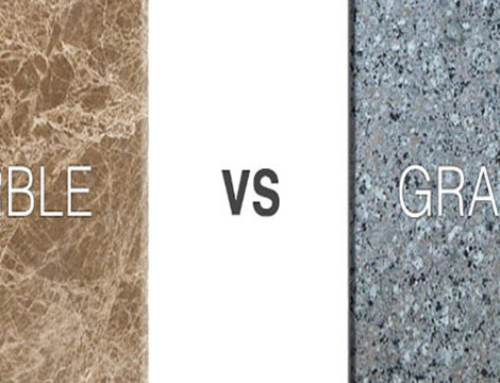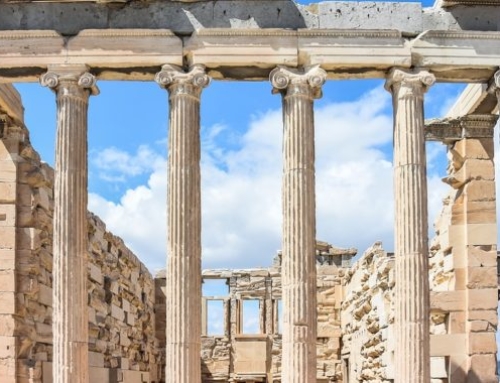The technology used for marble quarrying and processing is very advanced internationally.
Factories in developed countries are fully automated which makes the industry highly capital
intensive. Though few factories in Egypt tend to acquire the latest technology, several factories still import second handed (sometimes outdated) machinery which is much lower in price. The main process that is highly automated in this industry is block cutting into plates, as doing this manually does not facilitate mass production. All other processes including polishing could be done either with fully automated equipment or with semi-automated or manual machines.
Technologies for the marble industry in Egypt are bought from Italy, Germany, Spain, India or Turkey. There are also some Egyptian machines that are produced in workshops copying the patent design of some of the imported machinery.
According to Mr. Ibrahim Ghaly, who is a main dealer of Italian and German suppliers of marble production lines in Egypt, Egypt has currently about 500 factories working in this industry. 400 factories or about 70% of the industry is located in Shak El Thoban in Katameyya, Cairo as mentioned earlier. The remaining 100 factories are scattered all over Egypt, primarily in the main cities or the capital of the governorates. According to several marble factory owners interviewed, factories cannot be located besides the quarries as quarries are usually located in remote areas. Accordingly, if factories are located right
besides the quarries, this will necessitate several requirements that are not feasible. Namely, the supply of water and electricity is insufficient as well as the needed infrastructure to ensure a minimal level of living standard for the workers. On the other hand, transportation of the finished product is much more complicated and risky, as the processed marble is very fragile while solid raw marble stone can be transported without concerns of fragility.
The Marble Industry is one of the oldest industries in the World. Ancient Civilizations in general and Ancient Egyptians in particular were very skillful in the utilization of the ornamental stones. In the old times this industry was labor intensive, but with the development of modern technology, this industry became relatively capital intensive and almost fully computerized in many countries of the world. In Egypt, this industry is still in development stage, in spite of its long history. Extraction of raw marble blocks from the quarries is an area that needs to be especially overviewed and regulated from an environmental standpoint. Currently, extraction practices include the excessive use of explosives which results in an enormous waste to natural resources as well as to the deformation of the extracted blocs of marble. This needs a change in extraction techniques towards using different tools such as diamond wires and automated bloc cutters to achieve standard sizes. Standardization of the size of the raw stone bloc increases the operational efficiency of the machines that handle the carrying and the cutting of the bloc, and leads to the standardization of the final product (in terms of quality) which is a requirement to
meet international standards of the industry. The marble industry in Egypt has the characteristics of a monopolistic competition market structure, where there are tangible barriers to entry, a high degree of product differentiation, and competition is driven by economies of scale and relative prices.
In general, the marble industry in Egypt has a good potential to prosper and to be one of the
driving forces for the country’s overall economic well-being especially as natural resources
abound. Regulating this important resource of the country is mandatory for sustainable
development. Moreover, improving the quality of the final product is key to invading the
international markets and establishing a reputation in this field. High profitability could lead to further market entry which may prove to attract more efficient production technology. This might lead to market segmentation, where value-driven and export-oriented firms will tend towards an oligopoly, whereas local-oriented cost-driven firms with relatively low technology will tend towards monopolistic competition. In all cases, to achieve a more competitive marble industry in Egypt in the long-run, effective government regulation is essential.





